Even though some people are terrified of rats, they are becoming more and more popular pets. Similar to hamsters, people tend to keep them in cages and release them to run in indoor spaces.
Yet, if you want your rat to enjoy it, you should buy and try a rat harness and leash. As with any other pet, it will allow you to bring them outside and to have happy rats as pets.
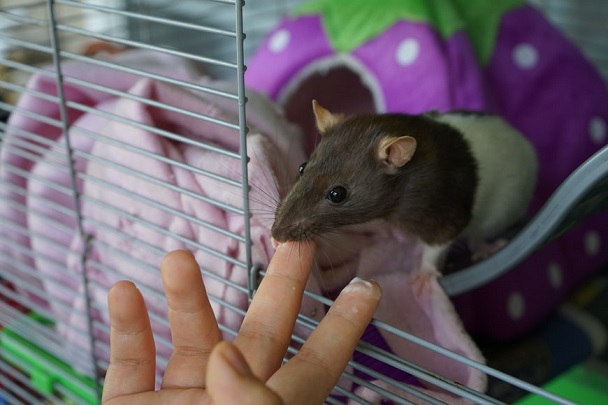

Can You Keep Rat As A Pet
Keeping a rat as a pet is way more interesting than having a dog or a cat. First, you need to think if the rat is an ideal pet for you. The very positive aspect of having a rat is that they are very easy to maintain and need little attention. Also, they are on a budget and you don’t need to spend a fortune on their accessories or food. Also, they get sick very rarely and you can spare money on going to the vet. Since they are easy to maintain and don’t need too much care, they are ideal as first pets for your children.
Another positive thing is that they are clean and don’t have a specific smell, so you can keep them in a small apartment. Moving on, they don’t need a big cage and fit onto any shelf in the apartment. What is more, you can easily bring them anywhere with you if you travel a lot.
Rats are very loyal pets and adore company, but what is more, they are sociable and you can train them easily. Yet, be aware that they are nocturnal animals and are most active during the night. What is more, they are very quiet pets and you can keep them in small apartments, like a quiet bird or house turtles.
Best Types Of Rats For Pets
It isn’t the street rat that can be kept as a pet. The most popular breed is the Norwegian rat that is also called brown rat or common rat. It is the main breed and all others are varieties that differ in the type of fur, the colour of fur and ear shape. To know which one to choose, we will mention some of the most popular rat varieties. First, talking about ear shape and position, you can choose top eared rats which are very similar to wild rats because their ears are sharply pointed above their head. Dumbo rats have bigger ears lower on the head. Talking about fur, rats can have smooth fur, rex fur and satin fur. A special type is a hairless rat that has fur only around the nose and tail and is completely bald on the other parts of its body. Smooth or standard rat fur is short hair that is soft on touch and can be in various colours, from white to brown, blue and grey or variations of more colours and spots. Rex rats have curly hair, very soft on the touch, but reminiscent of sheep. Satin fur rats have long and very silk fur, very shiny and smooth.
How To Take Care Of Your Pet Rat
Rats are rather small animals, so they can grow only up to 11 inches. They live for an average of 36 months and love to live in big families, so it is better to buy female and male rats at the same time. What is more, if you want to have them as pets for a longer time, you can breed small rats and maintain the family. As we mentioned before, they are really low maintenance and do not need too much care. If you had furry and small pet before, you can use everything you need for a hamster and it is another way to change the type of pet. You need to provide them with a comfortable cage and the best choice is a steel cage with wide grids. Equip it with a comfortable blanket in the sleeping corner and use scobs on the bottom to keep it clean. Provide them fresh water and clean this corner regularly. To keep them active, you can add spinning wheels or various toys. Rats are omnivores, which means they eat everything. Daily, it is optimal to provide them fresh fruit and vegetables with smaller portions of meat. This is another reason to keep them because you can feed them with food similar to yours. Rat`s favourite fruits are bananas, pears, melons and apples, while vegetables are cabbage, carrots and celery. You can treat them with cooked pasta and sweets.
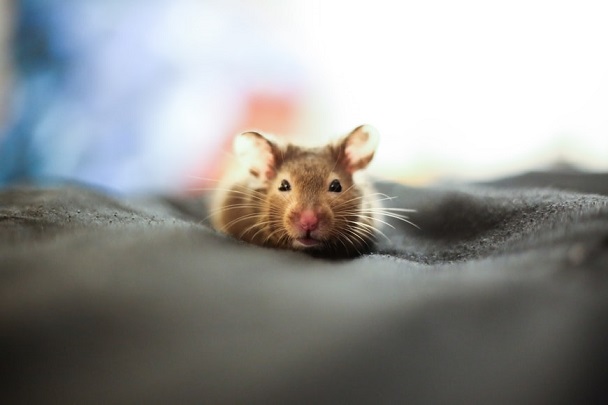

Why Use Rat Leash
Cats and dogs aren’t the only pets that can use a leash. There are many positive aspects of teaching your rat to use a leash and we will name and explain some of them.
- You can control their activity
Even if you let your rats free in your apartment, they can be very shy in the beginning and need some time to get used to you and other people around them. To gain more control over their running, and be sure that they can go through really small holes or enter furniture, you should keep them on leash.
- Go on the fresh air
If you want your rat to live their fullest and experience fresh grass and nature, you need to keep them on leash. If you train them well, you can go for an everyday walk and let them enjoy nature as they would in the wilderness.
- Easier playing
When your rat has a leash or harness on, even indoors, you can easier play with them. Even though they can be stuck in smaller rooms, you can easily pull them out, without hurting.
How To Put Leash On Rat
For you to feel comfortable wearing a leash or harness, you need to put it right. Be sure that you have measured your rat before buying them leash or harness and that they have enough space from the leash to their body. When putting leash, you need to be gentle and patient, especially for the first time. First, open the main belt and gently put a rat in one hand. Then, pull it on the body and close belts to still have space and feels comfortable. For the first wearing, giving them to sniff it can help. Wait until they get used to wearing it a bit. Usually, they will try to remove it for the first use but remove it after 5 minutes. Try to put it on every day and let them wear it each day for 5 more minutes.
Rat Leash Or Rat Harness
There is one main difference between a rat leash and a rat harness and it is where you put it on the rat. A leash for rat is a belt around the neck and you need to handle it gently not to pull them too hard which can use choking or neck harm. Rat harness is around his upper body and front legs, so when you pull it you basically will slow the upper body and can control your power better. In most pet stores there aren’t special harnesses for rats, so you need to check smaller versions for hamsters or ferrets. To help yourself and save some money, you can make your DIY harness.
It is extremely easy to make a leash for your rat pet and you only need a shoelace, safety clip and badge holder. Using a shoelace, measure the rat and make a circle with a knot on the top. Using a safety pin, lock the knot and use another shoelace to make a leash where you will hold it.


How To Teach Rat To Leash Or Harness
Teaching rats to learn and accommodate with a leash is very similar to how to teach a parrot to talk – you need a lot of patience and treats! First, take some time and teach your rat to a feeling it has a harness on. Let it wear for 5 minutes longer every day. Them, be gentle and use treats if it behaves well. Always check for the leash to be loose and give them a treat if they do so. Use every opportunity to bring them for a walk with you and if you are afraid they will become too wild, let them walk alone for a bit and then carry them until they get used to the feeling of being pulled.
How Much Activity Does Rat Need
Rats can be very active animals, but they will make the most of the active time during the night. During the day, you need to play for them while they are awake, but if you set the routine, they will gladly go for a walk with you.
To Sum Up
A rat leash or rat harness is an ideal way to control your rat in nature and indoors. Keeping rats is very on the budget and even making leash can be simply done from the shoelace. You need to be very gentle and patient to make them feel comfortable using it. If you need a cage for your rat, here are the reviews of the best cheap rat cages and the best cool rat cages so check the posts out.


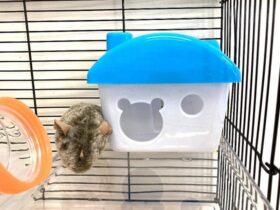















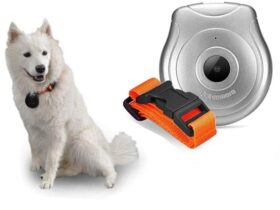



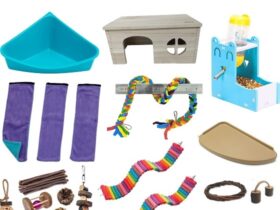



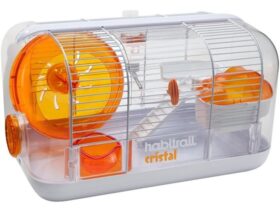
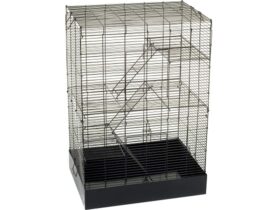
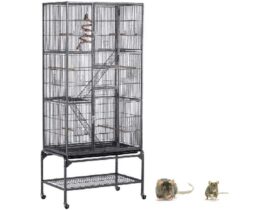
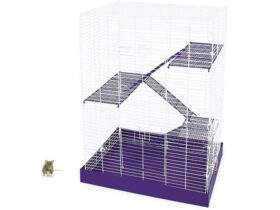
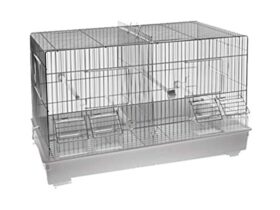
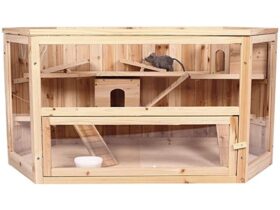
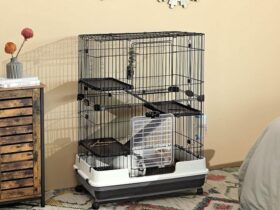
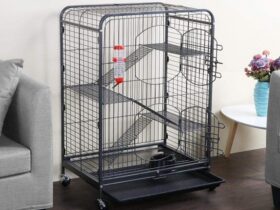
Leave a Reply